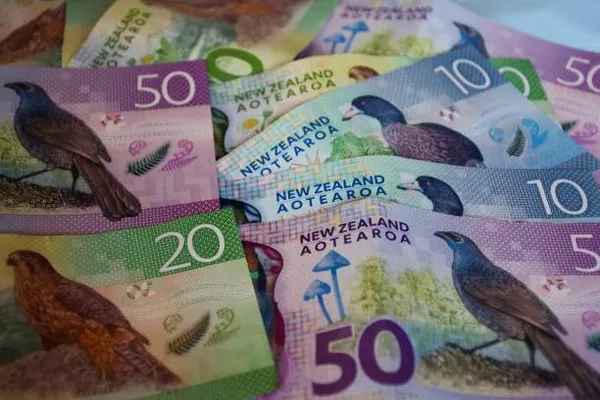In the Asian market on Monday, the NZD/USD fell back after recording gains in the previous two trading days, trading around 0.6090. The New Zealand dollar has come under downward pressure on concerns about deflation in China, its largest trading partner. In addition, the unclear prospects of the Chinese government’s economic stimulus plan triggered market concerns about China’s demand, which also weakened the trend of the New Zealand dollar. Traders are awaiting China’s trade balance report on Monday for further developments in the economic situation.
On Sunday, China’s National Bureau of Statistics reported that China’s monthly consumer price index (CPI) held steady at 0% in September, compared with a 0.4% increase in August. Inflation for the year rose 0.4%, missing expectations of 0.6%. At the same time, the producer price index (PPI) fell by -2.8% compared with the same period last year, which was greater than the previous value of -1.8% and exceeded the expected -2.5%.
The National People’s Congress expressed optimism after receiving a briefing from China’s Ministry of Finance (MoF) on Saturday. The ministry suggested plans to issue special bonds to support the recapitalization of the banking sector and stabilize the real estate sector, but did not disclose the specific scale.
The risk-asset NZD/USD pair may come under downward pressure due to risk-off sentiment amid rising geopolitical tensions.
In New Zealand, the New Zealand Business Services Index (PSI) recorded 45.7 in September, a slight improvement from the previous value of 45.5. While that marked the highest level since May, the index still pointed to contraction in the industry.
According to a press release issued by the Reserve Bank of New Zealand on Monday, Governor Adrian Orr emphasized that there is growing recognition across the financial system that more needs to be done to improve Māori’s access to capital and participation in investment. opportunity. “Improving Māori access to capital is a powerful driver we need to prioritize together,” Orr stressed.
The U.S. dollar strengthened on market expectations that the Federal Reserve will slow down the pace of reducing borrowing costs than previously expected. The Chicago Mercantile Exchange’s Federal Reserve Watch Tool shows that the market is pricing in an 86.9% chance of a 25 basis point interest rate cut in November, and it is expected that the Fed will cut interest rates by 50 basis points.
You Might Be Interested In:
Australian Dollar Weakens On China Deflation Worries


